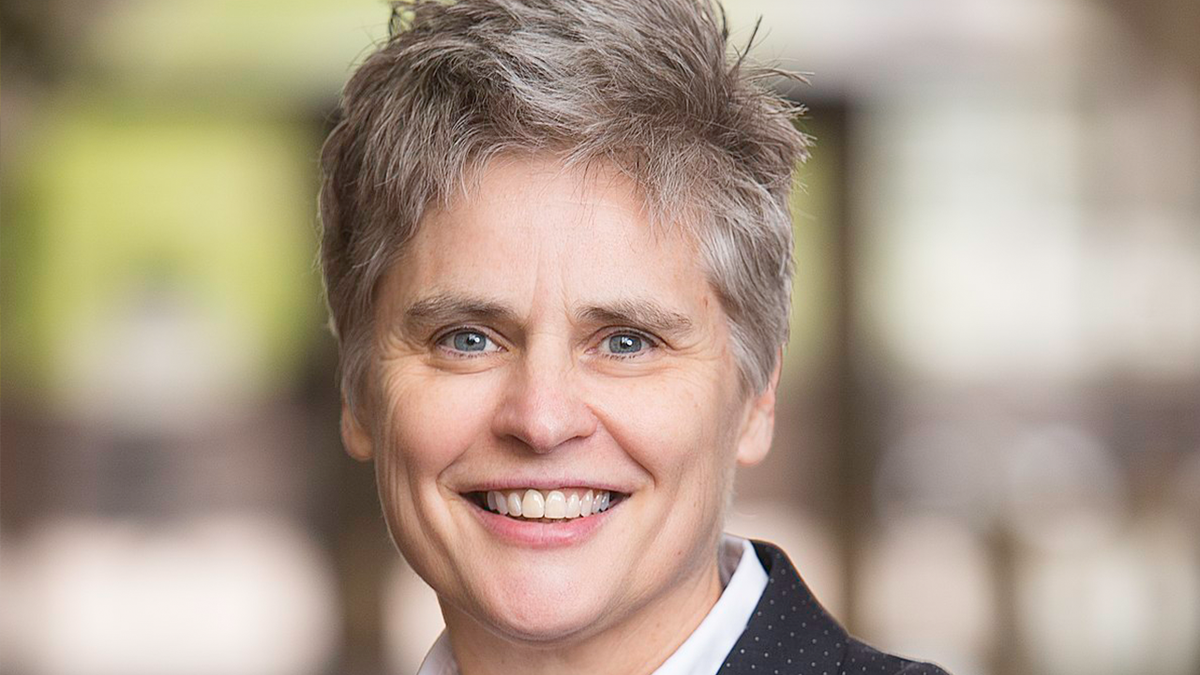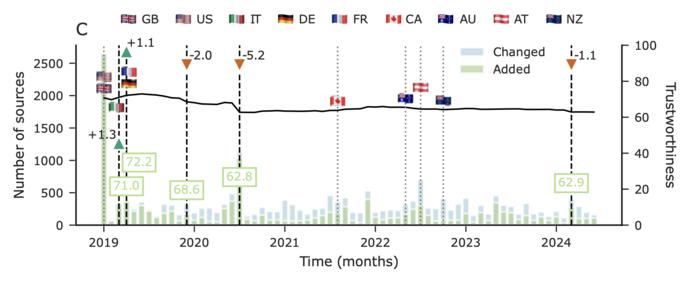
Hydropower was hit by droughts this year
Evgeny_V/Shutterstock
Global greenhouse gas emissions from generating electricity would already be on the decline this year, were it not for drought – itself potentially caused by climate change – leading to a shift away from hydropower to fossil fuel generation in China, the US and India.
“The world is teetering at the peak of power sector emissions,” says Malgorzata Wiatros-Motyka at Ember, an energy think tank in the UK.
Generating electricity by burning fossil fuels is the largest single source of carbon emissions, responsible for around 40 percent of the global total. The rapidly rising share of renewable energy in the mix has led to forecasts that power sector emissions would peak as soon as this year, an important milestone towards decarbonisation. But the peak hasn’t yet been reached.
Wiatros-Motyka and her colleagues counted emissions from the power sector using data on electricity generation through the first half of 2023, looking at 78 countries representing 92 per cent of electricity demand. They estimated emissions for the remaining countries based on historical data.
According to their report, a substantial jump in wind and solar generation, as well as lower demand for energy, led to a decrease in emissions in several countries. This included a 17 per cent decline in the European Union, a 12 per cent decline in Japan and an 8.6 per cent decline in the US. Emissions in India rose by 3.7 per cent, though at less than half the rate of the same time last year.
However, the reductions were offset by a 7.9 per cent increase in emissions from China’s power sector. Despite the country’s grid starting 2023 with emissions below those of last year, severe drought and heat waves saw China’s hydropower generation drop to record lows, prompting an increase in coal generation.
Drought in the US, India and several other countries also drove a global decline in hydropower generation of 8.5 per cent, in what could be a historically bad year for hydropower. “Despite adding more hydro capacity, generation capacity factors of hydro are not going up,” says Wiatros-Motyka, pointing to climate change as a possible factor behind shifts in the water cycle that reduce hydropower. ”We don’t know why it is. Is it a new normal?”
Minghao Qiu at Stanford University in California says he is wary about reading too much into a single-year decline, but says climate change is expected to drive changes in hydropower, even though exactly how much and where is unclear. “The magnitude of the global total change will probably be small, but hydropower supply in certain regions will decrease dramatically,” he says.
Taken together, the researchers found that emissions from the global power sector remained effectively flat for the first half of 2023, increasing by just 0.2 per cent compared with the same period last year. This was despite a 12 per cent increase in wind and solar generation, as well as a fall in energy demand in several of the highest energy consuming countries due to slowing economic activity, a mild winter and energy-efficiency gains.
If it weren’t for the droughts, the researchers found emissions from the power sector would have fallen by nearly 3 per cent this year. They may still reach their peak in 2023 depending on what happens with hydropower and energy demand, says Wiatros-Motyka.
But even if the peak doesn’t happen this year, she says the growth of renewable energy means peak power sector emissions are almost certain to happen next year, with clean sources of electricity meeting any new demand. “I think that we are very, very close.”
Topics:
























































